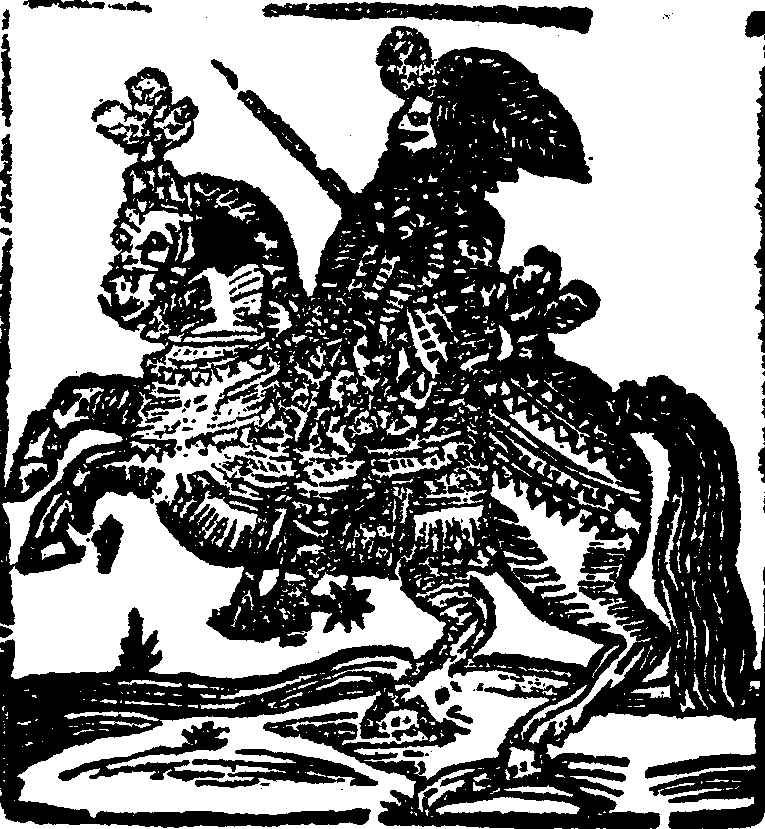 This week I’m teaching Francis Beaumont’s The Knight of the Burning Pestle as part of my English 1102 course on London City Comedy. The play is usually identified as a breakthrough Early Modern parody (of other plays like The Shoemaker’s Holiday and The Four Prentises) and one of the first English plays to break the fourth wall. It is also a very challenging read, since at any time there are some three interweaving plot lines – not to mention the added noodle-twist of trying to imagine a boys acting company playing both cast and planted audience members. After some frustrated discussion about what was actually happening in the play, I told my students to leave their belongings in the computer lab where I teach – we were going outside to try and make some sense out of the play’s chaos. Volunteers played the cast, the audience, and the planted characters who break through and trash the framework of the play. In a space approximately 20 x 10 feet, with the sounds of Georgia Tech construction jackhammers in the background, twenty-five students figured out 1) how the audience might have surrounded the Blackfriars stage; 2) how the Prologue would have struggled to maintain order while everything around “him” was collapsing; and 3) how successfully funny the play might have been. What they DIDN’T realize we were talking about, but what they nevertheless came to understand better over the course of the exercise, was 1) how the traditional presenter/audience construct can be manipulated to best effect; 2) how important it is to project and develop body language and gesture to maximize the focus of the audience; and 3) how confident improvisation can enhance one’s effectiveness as a speaker.
This week I’m teaching Francis Beaumont’s The Knight of the Burning Pestle as part of my English 1102 course on London City Comedy. The play is usually identified as a breakthrough Early Modern parody (of other plays like The Shoemaker’s Holiday and The Four Prentises) and one of the first English plays to break the fourth wall. It is also a very challenging read, since at any time there are some three interweaving plot lines – not to mention the added noodle-twist of trying to imagine a boys acting company playing both cast and planted audience members. After some frustrated discussion about what was actually happening in the play, I told my students to leave their belongings in the computer lab where I teach – we were going outside to try and make some sense out of the play’s chaos. Volunteers played the cast, the audience, and the planted characters who break through and trash the framework of the play. In a space approximately 20 x 10 feet, with the sounds of Georgia Tech construction jackhammers in the background, twenty-five students figured out 1) how the audience might have surrounded the Blackfriars stage; 2) how the Prologue would have struggled to maintain order while everything around “him” was collapsing; and 3) how successfully funny the play might have been. What they DIDN’T realize we were talking about, but what they nevertheless came to understand better over the course of the exercise, was 1) how the traditional presenter/audience construct can be manipulated to best effect; 2) how important it is to project and develop body language and gesture to maximize the focus of the audience; and 3) how confident improvisation can enhance one’s effectiveness as a speaker.
A good time was had by all. Huzzah!

Pingback: Skiles Breezeway or Blackfriars Theatre? | Diane Jakacki, Ph.D.